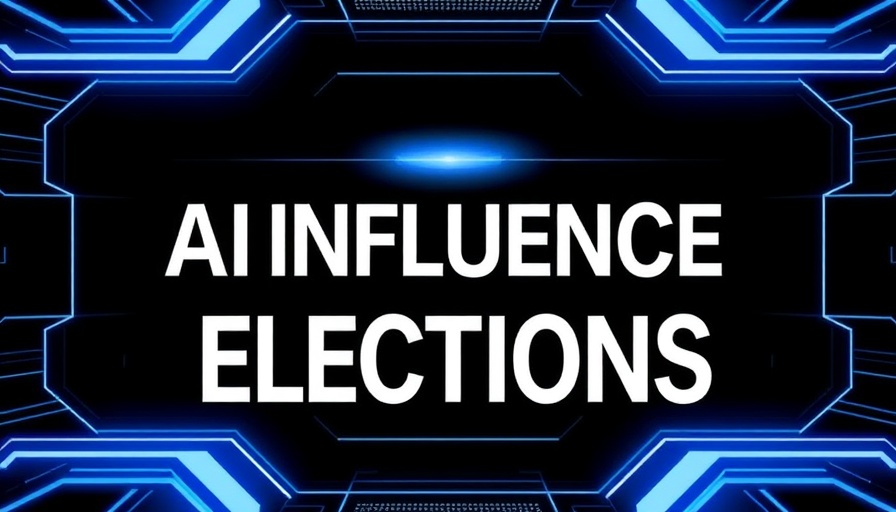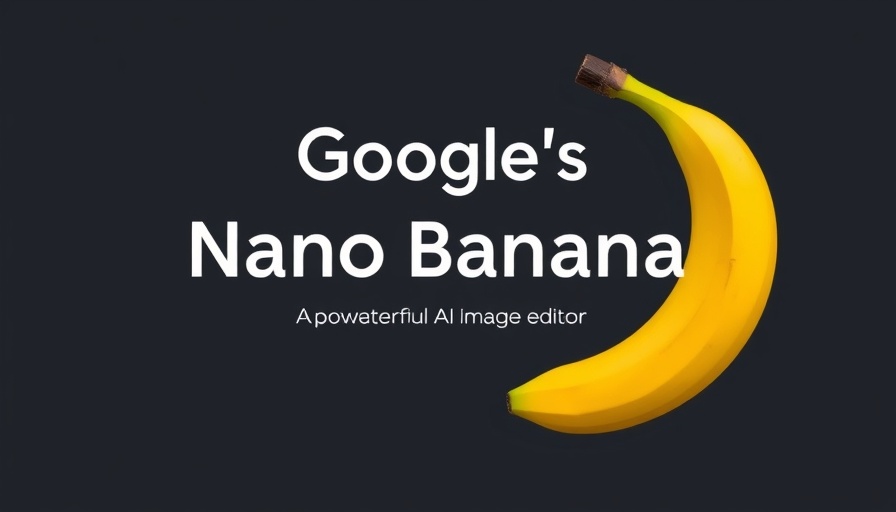
Silicon Valley Enters Political Arena
With the emergence of Leading the Future, a $100 million AI-focused super PAC, Silicon Valley is stepping into the political battlefield in a bid to shape the US election landscape, particularly the 2026 midterms. This development marks a significant shift in how technology leaders engage with politics, pushing back against regulations they perceive as threatening to innovation.
Funding for Pro-AI Candidates
Backed by notable figures like Andreessen Horowitz and Greg Brockman of OpenAI, Leading the Future aims to support candidates who advocate for sensible AI regulation rather than stifling restrictions. Their focus targets key states such as California, New York, Illinois, and Ohio, where the ramifications of AI policies could be especially impactful.
Innovation vs. Regulation
The PAC’s leaders assert that the push for unregulated AI could pave the way for a technological renaissance, creating jobs and fostering global competitiveness. They argue that excessive regulatory frameworks could lead to a patchwork of laws that hamper AI’s potential—an obstacle they believe would slow down advancements that could benefit society.
The Techno-Optimist Manifesto
Central to this initiative is the Techno-Optimist Manifesto, authored by Marc Andreessen. The manifesto passionately advocates for relentless innovation and posits that any slowdown in AI advancements could lead to preventable tragedies. This conviction drives the PAC’s strategy to advocate for an environment where AI can thrive without undue fear of regulation.
A New Political Landscape
As 2026 approaches, the presence of an AI super PAC indicates a growing trend; the intersection of technology and politics looks set to redefine how campaigns are funded and conducted. The proactive stance by the AI sector represents a significant challenge to traditional political frameworks, setting the stage for an unprecedented arms race in political funding fueled by technology.
This emerging narrative speaks to the larger implications of AI within the political sphere. With tech leaders mobilizing resources, voters can expect AI to become a prominent topic of discussion, shaping policies that affect not only the tech industry but the broader implications of regulatory actions on innovation.
 Add Row
Add Row  Add Element
Add Element 



Write A Comment